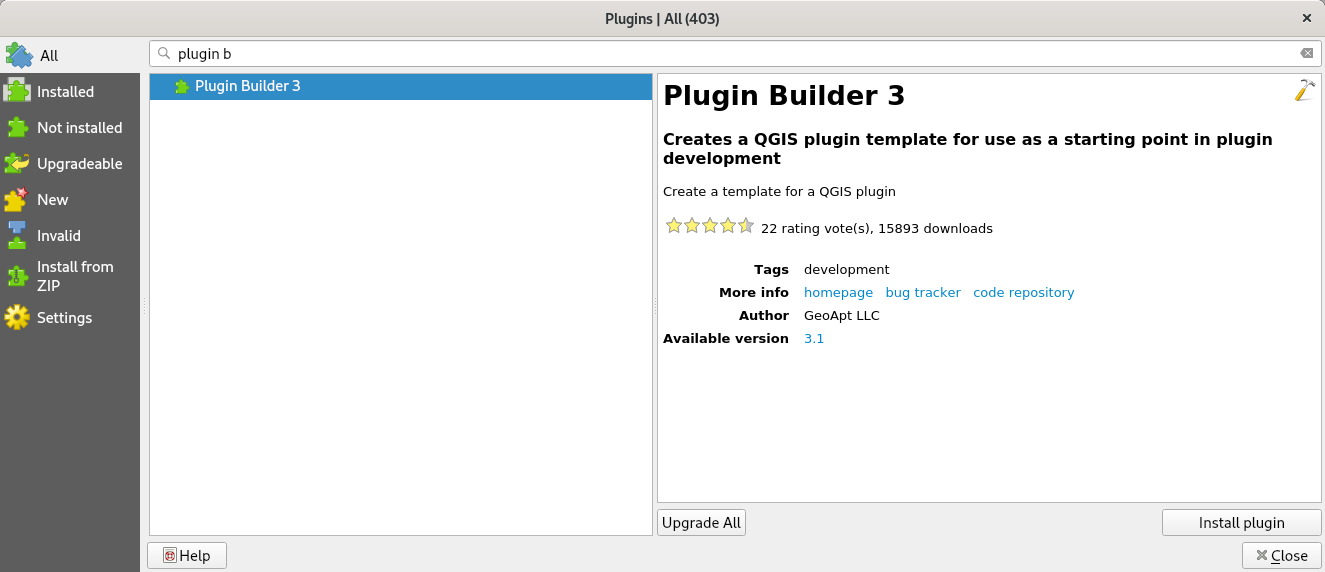
(I wouldnt say Im half as vital as Avram in zotero development, but we can leave that aside :) vitoshka. I redefined the function in my setup, but I'm sure there is a better way to do it. Hi Penyuan, emacs work has languished a bit as I work on the restructuredtext/zotero integration, but I use the org-mode integration almost every day. I went through each part (bisecting) and narrowed it down to a few things, the main one interaction-mode, but also some slowdowns from complicated and rarely used things I put into my modeline. I compared -q to my startup file, and it went from 26ms to 39ms in fundamental mode.
#Aquamacs plugins software
alternatives, devc, development, eclipse / IDE / Dev, Software Development. The tool linked from that page is useful.
#Aquamacs plugins mac
Aquamacs lets you write text from LaTeX manuscripts to to-do lists, from C to Cobol, Java, Python, Shell-script, Lisp, everything Aquamacs looks and behaves like other Mac programs - even though it's still the powerful GNU Emacs with all the extensibility that millions have come to appreciate. Emacs Aquamacs does seem more natural than the standard Emacs. Changing my line numbering package from linum to nlinum made cursor movement in org-mode snappy again.ĮDIT: For future reference, if you have a problem with nlinum where it doesn't fully display very high line numbers in buffers that quickly add a lot of lines (like connecting to freenode with erc, running erc-list, and going to the bottom of the buffer, and seeing nlinum say the last line is "3456" when there are actually 34567 lines in the file), then you might be able to fix it by changing the `nlinum-setup-window' function. Aquamacs is the Emacs editor that Mac users love. However, the newer "nlinum" package (available from gnu elpa) fixes this problem.

Yeah, naught-me has it right, line numbering (linum-mode in particular) really slows down cursor movement on org-mode and outline-mode.


 0 kommentar(er)
0 kommentar(er)
